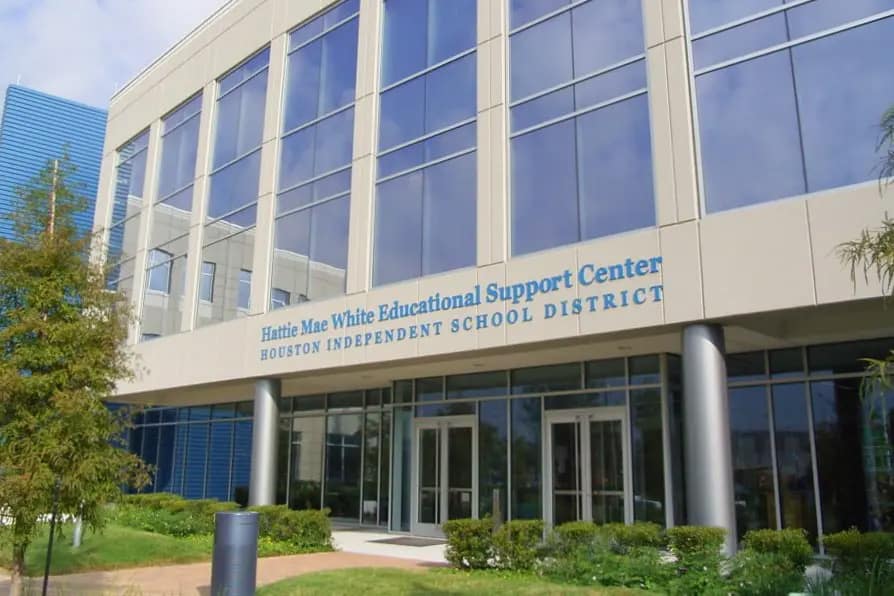Houston’s journey in education reflects the city’s transformation from a small settlement into a thriving metropolis. From the earliest one-room schoolhouses to today’s leading universities, the evolution of Houston’s education system mirrors the growth, diversity, and progress of the community.
The Earliest Schools in Houston
In the mid-1800s, education in Houston began with one-room schoolhouses scattered across rural areas. These small schools served local farming communities, with one teacher instructing students of all ages in a single classroom. Early education focused on basic reading, writing, and arithmetic, with limited resources and minimal structure.
Despite their simplicity, these schools played a critical role in laying the foundation for future educational developments. As Houston expanded, so did the need for more organized learning environments, leading to the establishment of the first public schools.
The Rise of Public Education
In the late 19th century, Houston experienced rapid growth, and with it came the demand for accessible public education. The creation of Houston Independent School District (HISD) in 1923 marked a turning point, standardizing education across the city and making learning accessible to a larger population.

Houston’s public schools grew rapidly, offering specialized programs in addition to core subjects. The city saw the rise of schools focusing on arts, science, and technology, reflecting the community’s commitment to holistic education. Schools began adopting modern teaching methods and building dedicated campuses, which replaced the traditional one-room structures.
Segregation and Integration Challenges
Like many cities in the South, Houston’s education system was shaped by segregation. African American students attended separate schools, with limited resources compared to white students. Schools like Jack Yates High School and Booker T. Washington High School became symbols of resilience within the African American community.


The 1954 Brown v. Board of Education ruling marked the beginning of desegregation efforts. However, progress was slow, and resistance to integration continued into the 1970s. Through determination and activism, Houston’s schools gradually moved toward more equitable learning environments, shaping a diverse and inclusive educational system.
The Growth of Higher Education in Houston
The 20th century brought significant advancements in higher education, transforming Houston into an academic hub. The establishment of Rice University in 1912 was a milestone, offering world-class education and research opportunities. Over the years, Rice gained recognition as one of the leading private universities in the country.

In addition to Rice, public universities like the University of Houston (UH) played a crucial role in expanding access to higher education. Founded in 1927, UH grew into a major research institution, contributing to Houston’s reputation as a center for innovation. The creation of specialized institutions, such as the Texas Southern University (TSU), further strengthened the city’s academic landscape.


Vocational Schools and Community Colleges
Alongside universities, Houston developed vocational schools and community colleges to address the practical needs of students and the workforce. Institutions like Houston Community College (HCC) provide affordable education, workforce training, and opportunities for lifelong learning.

These programs allow students to gain certifications in fields like healthcare, technology, and engineering, contributing to the economic development of the city. Vocational schools have also played a vital role in helping students from diverse backgrounds achieve career success.
Modern Universities and Innovation
Today, Houston’s universities are at the forefront of research and technological advancements. Collaborative efforts between institutions and industries have led to breakthroughs in medicine, energy, and space exploration. The Texas Medical Center works closely with universities, creating a dynamic environment for innovation and healthcare education.

Houston’s universities are also recognized for their commitment to diversity. Programs aimed at promoting inclusion ensure that students from all backgrounds can access education and thrive. The city’s academic institutions remain focused on preparing students for the challenges of the 21st century through cutting-edge research and global collaboration.
Community Programs and Lifelong Learning
Houston’s commitment to education goes beyond traditional institutions. The city offers a variety of community programs that promote literacy and lifelong learning. Libraries, cultural centers, and nonprofit organizations provide educational resources to residents of all ages, ensuring that learning remains a lifelong pursuit.
In particular, Houston’s public libraries play an essential role in fostering a love for reading and supporting students through free resources and programs. These efforts help bridge gaps in access to education and ensure that knowledge remains available to everyone.
Shaping the Future of Education
The history of education in Houston reflects a journey of progress, resilience, and innovation. From humble one-room schoolhouses to globally recognized universities, the city’s education system has evolved to meet the changing needs of its population.
As Houston continues to grow, education will remain at the heart of its development. By embracing diversity, fostering innovation, and expanding access, the city ensures that future generations will have the tools they need to succeed in an ever-changing world.